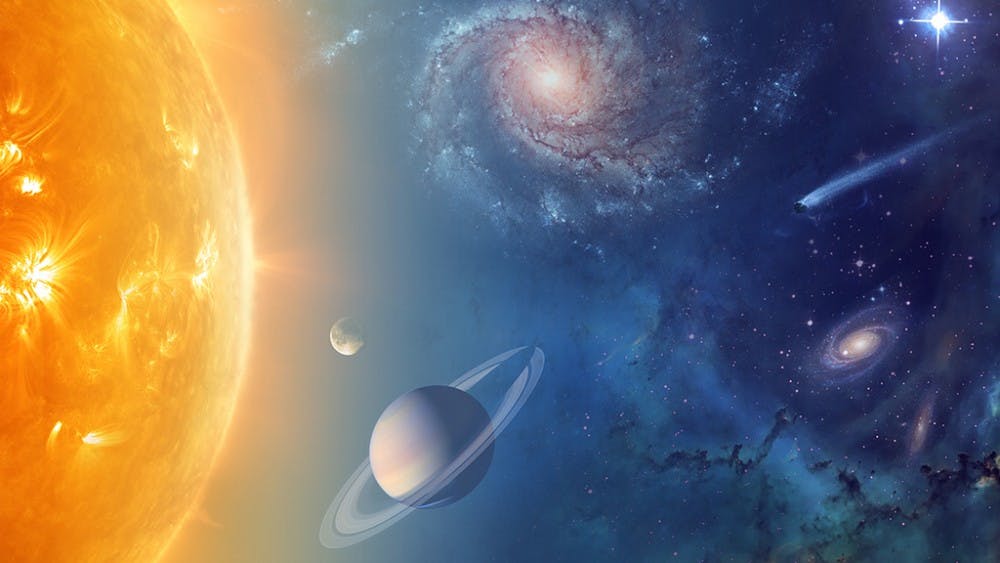While some scientists believe that life must exist outside of Earth, proof of extraterrestrial life has yet to be uncovered.
However, with the recent discovery of planet Ross 128 b, this may soon change. Research has shown Ross 128 b to be very Earth-like; scientists believe that it has the kind of environment that would be able to support the type of biology found on Earth.
By cosmic standards, Ross 128 b is located extremely close — 11 light-years away.
The planet is 20 times closer to its parent star, Ross 128, than Earth is to the sun, so much so that it only takes approximately 9.9 days for the planet to complete a single orbit. While this close proximity would typically make a planet scalding hot, this is not the case with Ross 128 b.
This is because Ross 128 is a red dwarf star, making it much smaller and cooler than our sun.
This planet was discovered by a European telescope stationed in a desert in Chile using a technique called the radial velocity method.
Ordinary telescopes are rarely able to view planets in other solar systems because these planets are so much smaller than their parent stars and the glare given by the planets’ parent stars obscures scientists’ views. The radial velocity method avoids these problems by instead aiming to detect the slight wobble in the star caused by the gravitational tug of a planet in orbit.
Scientists believe that the surface temperature of Ross 128 b is about 78 degrees Fahrenheit, so its surface conditions are comparable to those on Earth. It is also believed that Ross 128 b has a slow rotation.
This slow rotation is significant because if the planet has an atmosphere, it would have not been “shaken off” by fast rotation, which happens often on other planets.
Since Earth is the only planet known to hold life, it would make sense to look for life on other planets with parent stars that are similar to the sun.
However, G-type stars like our sun are relatively rare; red dwarf stars, on the other hand, make up about 75 percent of all stars.
Therefore, probability-wise, it may be more likely to find life on planets with red dwarf parent stars that orbit close to the parent star instead of a planet that rotates relatively far away from a G-type star, like the Earth does.
Ross 128 b is not the first Earth-like planet that scientists have found orbiting a red dwarf star. In 2014, scientists discovered the dwarf planet Proxima Centauri, which orbits its dwarf star parent star in a galaxy 4.2 light years away from Earth.
However, Ross 128 b seems to be significantly more likely to hold life than Proxima Centauri.
The reason for this is that scientists have observed Proxima Centauri’s parent star to be volatile. The parent star sent out more than 66 solar flare outbursts in 2016 with nearly lethal levels of radiation.
While these solar flares do not guarantee that life is non-existent on the planet, they make it much less likely. Ross 128 b’s parent star, on the other hand, seems to be much less volatile with far fewer observed flaring events.
While there is no guarantee that Ross 128 b contains any life at all, the discovery of this planet makes scientists even more optimistic about finding extraterrestrial life. Scientists are slowly improving their techniques and instrumentation used to find potential life-bearing planets.





